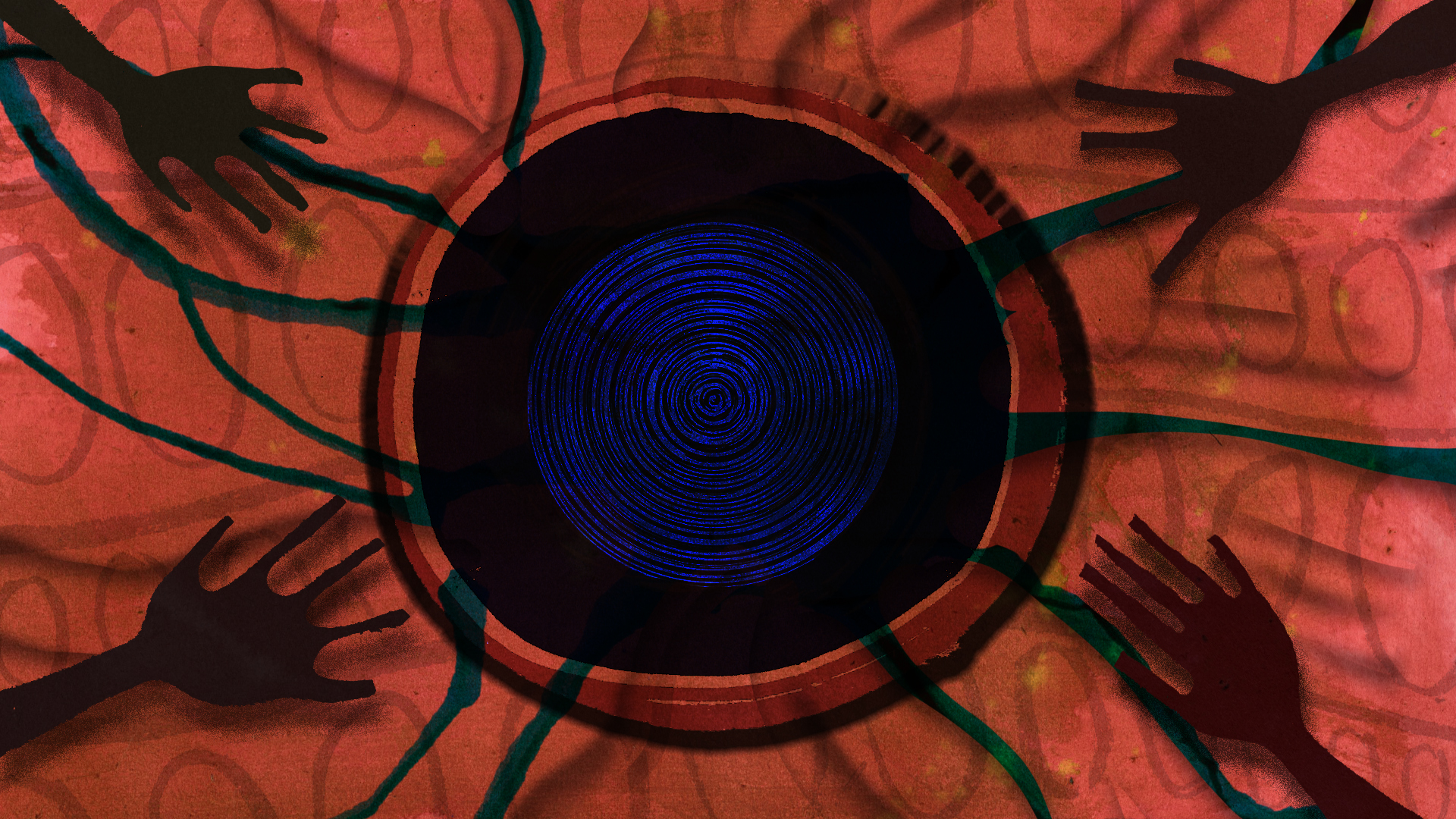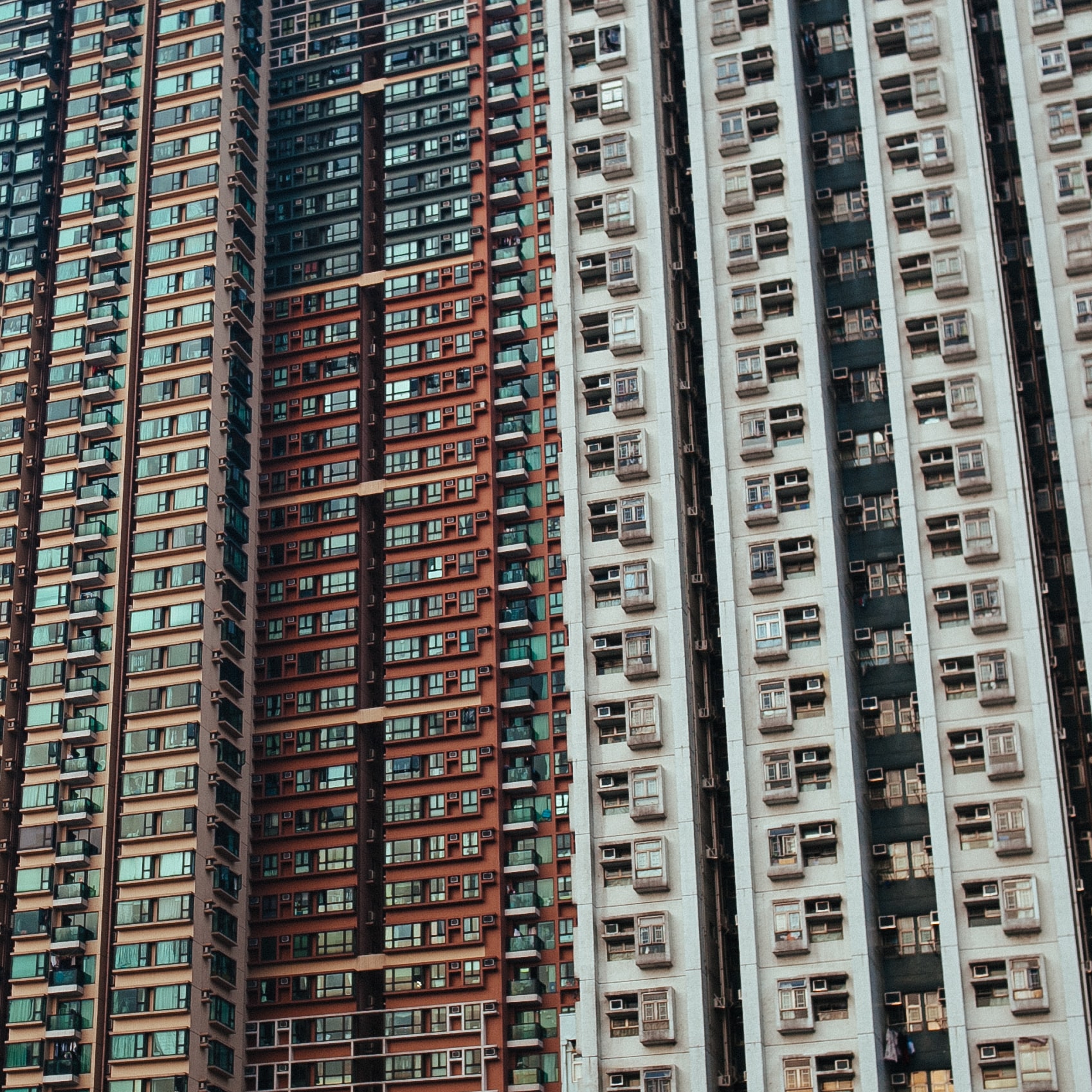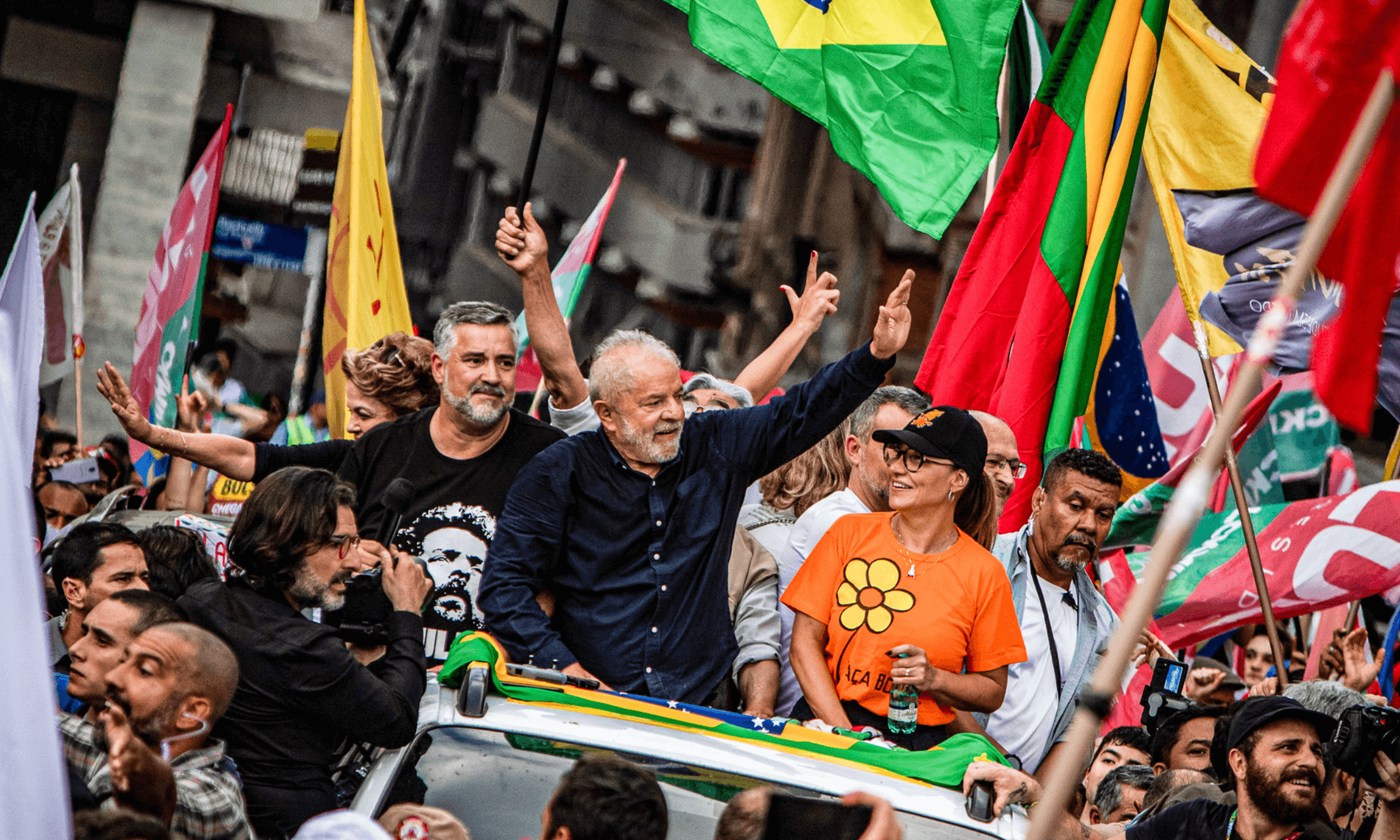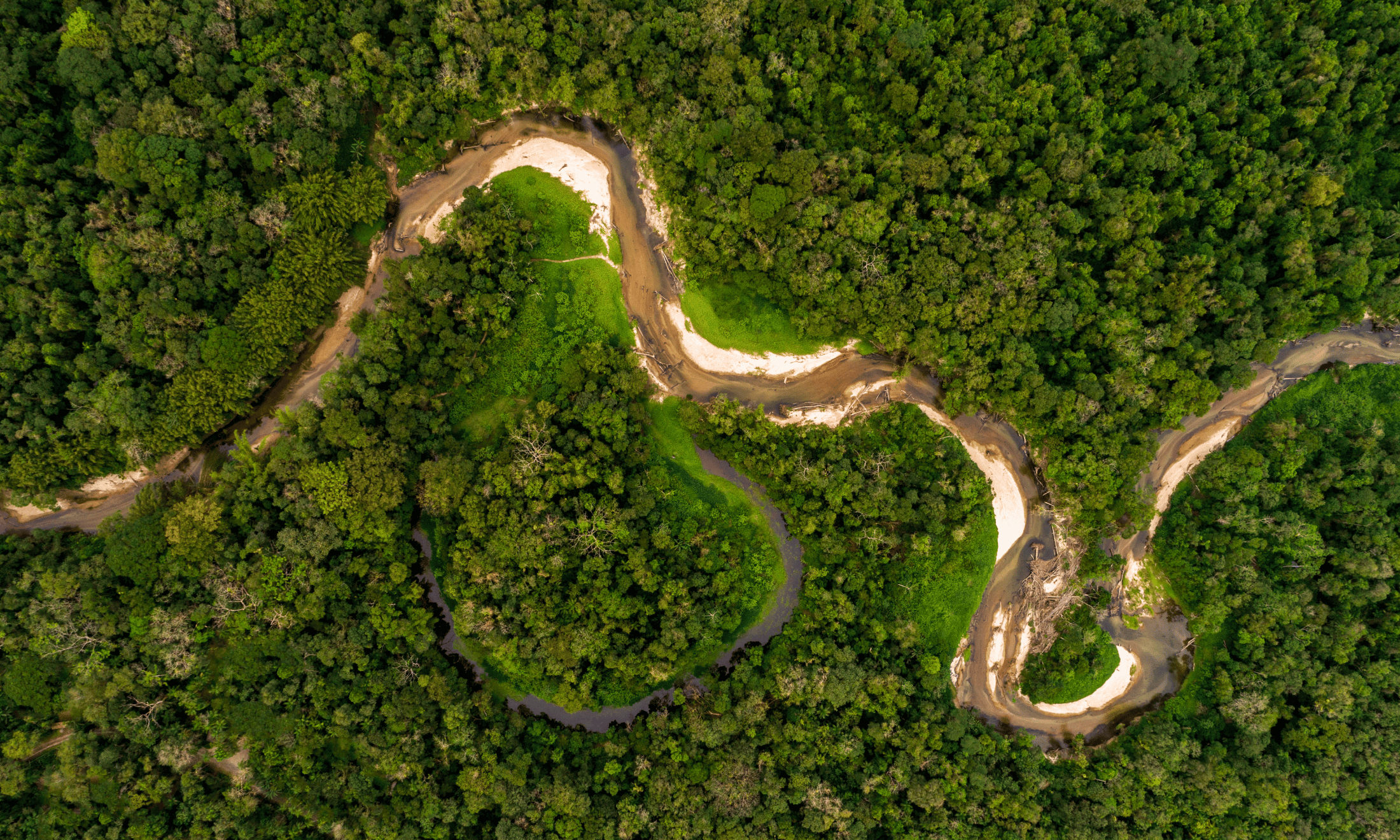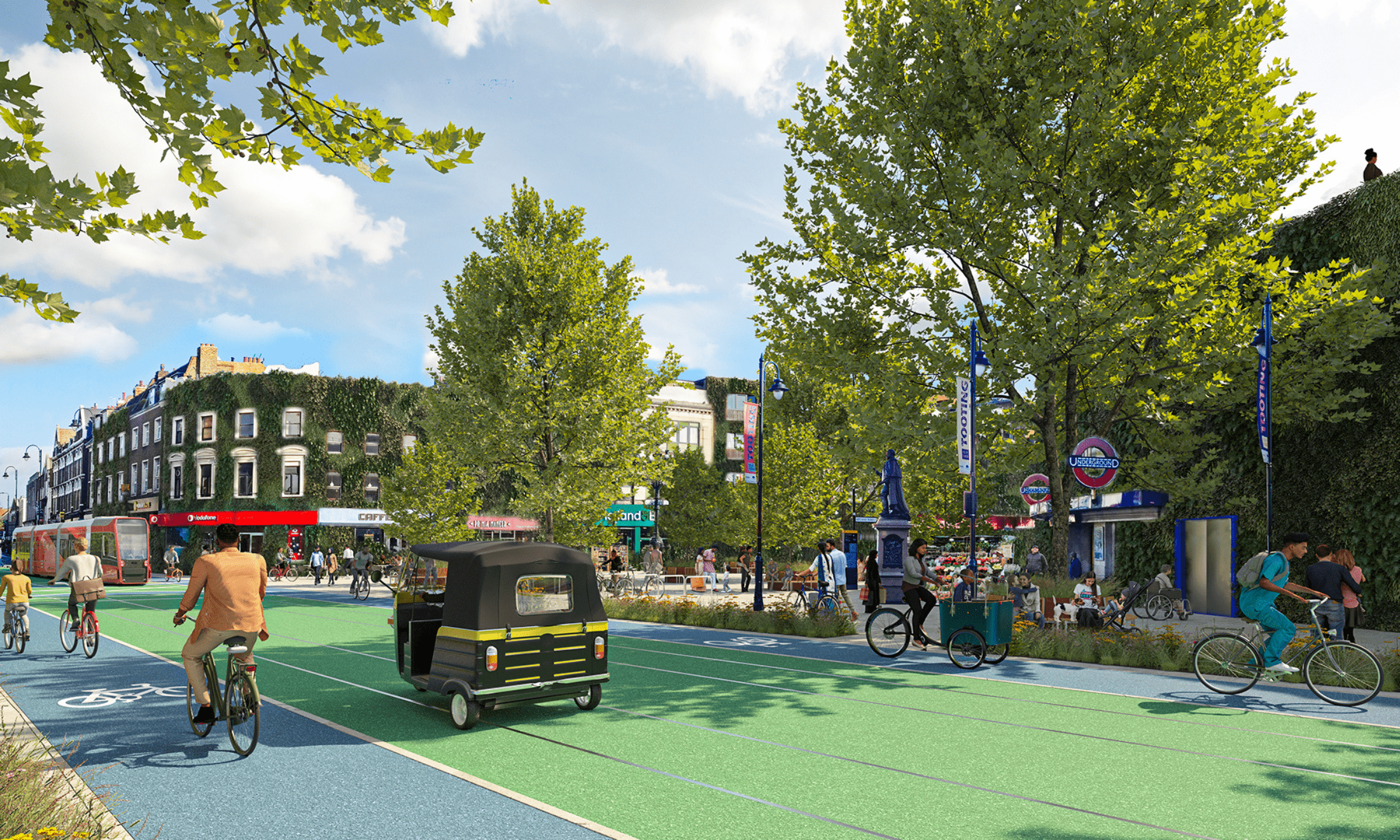This is what we mean when we ask the Global North to “pay up”
Are Global North countries evading their financial responsibility during the climate crisis?
Mitzi Jonelle Tan and Editors
12 Nov 2021

Canva
As told to Dawood Qureshi
The Global North has made a number of failed promises in regard to climate financing. Before COP26, rich nations, such as the US and Canada, moved the deadline of their own pledge to provide $100 billion per year for climate finance by 2020 (a deal struck during COP15 in Copenhagen) to 2023. Most of the climate finance happening today isn’t even reaching the 2015 Paris Agreement Goal (trillions of dollars required each year to restrict global warming), and has been in the form of loans and not grants. A lot of the countries in the Global North are also calling this climate finance a “solidarity fund”. But it’s not aid. It’s not something that the Global North should be giving to help the Global South. These should be called ‘climate reparations‘ – they act as accountability for the destruction caused to the Global South.
What wealthy governments are currently pledging is nowhere near what is needed. I cannot stress that enough. The Paris Agreement – a legally binding international treaty on climate change, that was signed by every country in the world in 2015, bar seven – declared that a balance must be struck between emissions reductions and providing money for adaptation of countries already being hit by the climate crisis, as well as for the loss and damages incurred. But most of the energy at the COP26 negotiations seems to be going on setting emissions reduction targets, which don’t account for adaptation or loss damages, and are riddled with multiple cases of creative accounting.
“Most of the energy at COP26 negotiations seems to be going on setting emissions reduction targets, which don’t account for adaptation or loss damages”
We need to recognise the need for loss and adaptation funds because the severe impacts of the climate crisis are here, and have been for a long time. People’s realities aren’t just about extreme weather. They’re also about how their lives aren’t able to bounce back. For people in the Philippines, it’s about how we rebuild our lives after consecutive typhoons hit the coastlines.
On 26 September 2009, Typhoon Ketsana devastated our homes and over 1,000 Filipinos died. I saw parts of my community being washed away, and even feared I would drown in my own bed. In December later that year, the then Secretary of State Hillary Clinton pledged support on behalf of the US for a $100bn fund agreed upon by the richer nations of the world, to shield poorer countries from the effects of climate change. However, this was noted by developing nations as being much lower than what they required to adapt to climate change, and then in 2020, the worst typhoon in recorded history – known as Goni – hit the Philippines.
What many people don’t realise is that with every environmental disaster, people are less capable of rebuilding their lives. We need money to mitigate these disasters.
The exact amount of money the Global South needs in order to get out of this crisis is very difficult to pin down. But the IPCC does have a projected figure – the UN estimates that developing countries already need $70 billion per year to cover adaptation costs and will need $140 to $300bn in 2030.
In terms of “paying up”, money is just one part. We need both policy change and technology sharing, to avoid the situation we’re currently in now with Covid-19 vaccines, with the Philippines plunging into debt just to gain access to these vaccines.
“With every environmental disaster, people are less capable of rebuilding their lives”
Climate reparations would also cover research into adaptation measures and would help to create contextualised adaptation measures for each country. And for times that we really can’t adapt, this money would help to manage the loss and damage, making sure that people who need to be removed from their homes in emergencies have comfortable places to stay. The money would ensure that victims of climate disasters are looked after and are moved to areas where they can work and access all the things they need.
What exactly do activists mean when they say that they want the global north to “pay up”? We want the fossil fuel industries and the multinational companies that are gaining money from the climate crisis and so much in subsidies to show us the money. If they were really committed to solving the climate crisis, they would do just that. And we want governments to put policies into place that would enable this to happen. The world’s biggest banks too, especially in the Global North and the UK, are continuing to put so much money into fossil fuel companies.
The public in the Global North can demand their governments “pay up” what they owe the Global South, by using their voices to demand the same thing as activists in developing nations. The crippling debt present in countries in the Global South is due to climate impacts caused by the Global North, such as massive amounts of resources funnelled into fossil fuels. Those in the Global North can show solidarity by aligning with our demands and calling for debt cancellation. We need a global shift of the narrative from “climate finance” (be it “aid”, “help” or “solidarity”) as something optional into a mandatory obligation, and an issue of accountability.
People in the Global South can also add to the pressure to make sure climate reparations are paid. Join movements, help spread awareness around the climate crisis and talk to your local government to make sure they’re also pushing for these reparations.
The time to act is now. After all the promises made at COP26, let’s make the Global North put its money where its mouth is.
For too long, both climate activism and climate coverage have overlooked the voices and experiences of communities of colour. Follow our new series, It’s Happening Now, for stories that look to change that.

